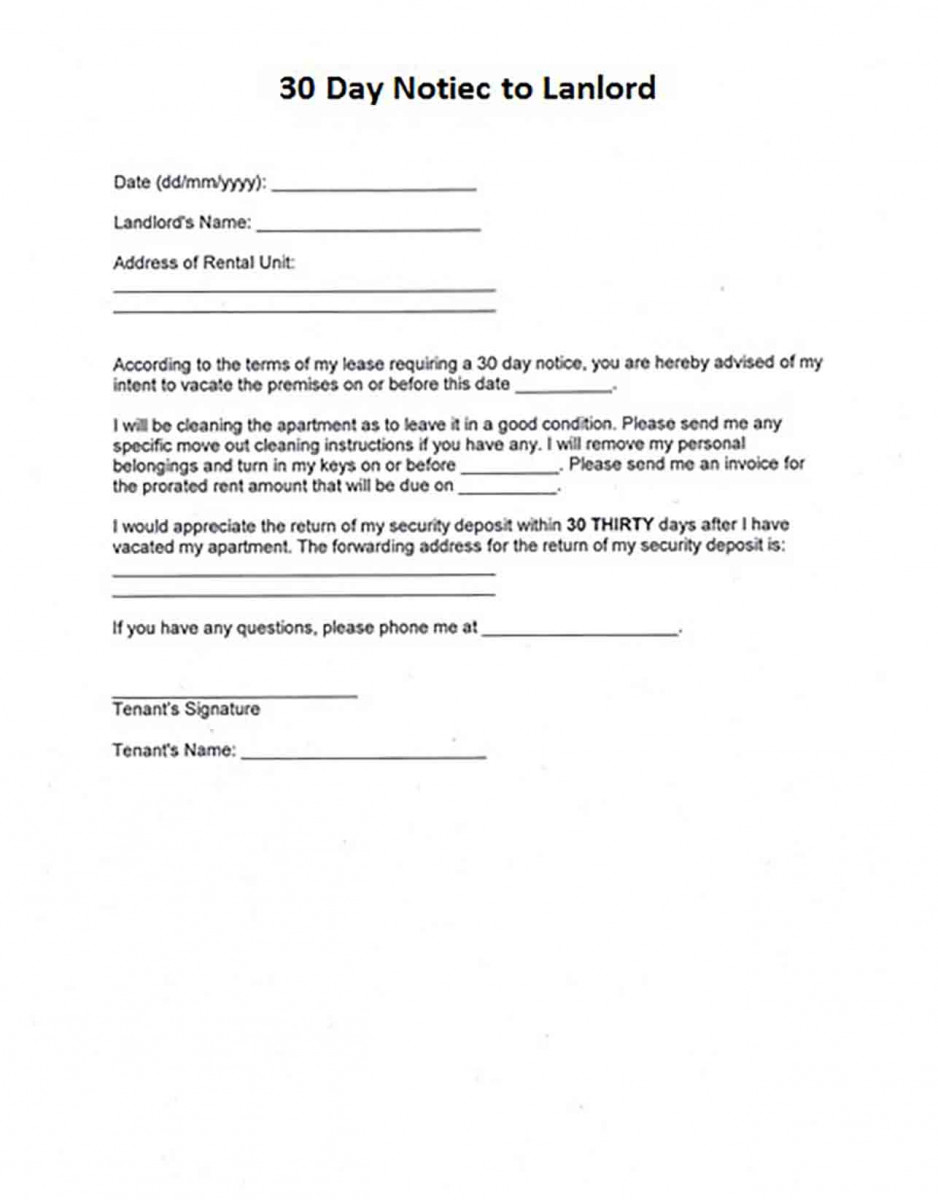rm Directory: What to Do When It's Not Empty

The rm command in Unix-like operating systems is a powerful tool for removing files and directories. However, it can be a source of confusion and potential disaster when dealing with non-empty directories. This comprehensive guide aims to explore the intricacies of removing non-empty directories, offering expert advice and strategies to ensure a safe and efficient process.
Understanding the rm Command

The rm command is a fundamental utility in Unix-based systems, allowing users to delete files and directories. While its primary purpose is straightforward, its behavior can be nuanced, especially when dealing with directories that contain files or subdirectories.
By default, when the rm command is executed on a non-empty directory, it prompts the user for confirmation before proceeding with the deletion. This safety feature is designed to prevent accidental data loss. However, it can become tedious and time-consuming, especially when dealing with large directories or automated scripts.
Approaches to Deleting Non-Empty Directories

There are several strategies and techniques to tackle the removal of non-empty directories, each with its own advantages and considerations. Here, we explore some of the most common approaches:
Using the -r or -R Option
The -r (recursive) or -R (recursive) option is a powerful tool when dealing with non-empty directories. It instructs the rm command to recursively delete the directory and all its contents, including subdirectories and files. This option is particularly useful when the directory structure is complex or when a bulk deletion is required.
For example, to recursively delete a directory named old_projects and all its contents, the command would be:
rm -r old_projects
It's important to note that this approach should be used with caution, as it can lead to irreversible data loss. Always double-check the directory path and ensure that the intended directory is targeted correctly.
Combining rm with find
The find command is a versatile utility that allows users to search for files based on various criteria. By combining find with rm, we can selectively delete files or directories within a given path.
For instance, to delete all .bak files within a directory named data, the command would be:
find data -name “*.bak” -delete
This approach offers more control and precision, allowing users to target specific file types or names within a directory. It's particularly useful when dealing with large directories and when a granular deletion strategy is required.
Using rm with Wildcards
Wildcards, such as *, ?, and [ ], can be used with the rm command to delete multiple files or directories that match a certain pattern. This approach is convenient when dealing with a set of files or directories that share a common naming convention.
For example, to delete all files with the extension .txt within the current directory, the command would be:
rm *.txt
While wildcards provide a quick and easy way to delete multiple files, they should be used with care to avoid unintended deletions. Always double-check the wildcard pattern and ensure that it matches the intended files or directories.
Automated Deletion with rm and xargs
For more complex deletion tasks, especially when dealing with large datasets, the xargs command can be combined with rm to automate the deletion process. xargs reads input from a standard input stream, typically the output of another command, and executes a specified command with those inputs.
To illustrate, let's say we have a list of file paths stored in a file named files_to_delete.txt. We can use xargs to read each file path and pass it to the rm command for deletion:
xargs rm < files_to_delete.txt
This approach is especially useful when dealing with dynamic datasets or when the list of files to delete is constantly changing. It allows for a streamlined and automated deletion process, reducing the risk of human error.
Safety Measures and Best Practices
When dealing with the rm command, especially in the context of non-empty directories, it’s crucial to prioritize safety and prevent accidental data loss. Here are some best practices and safety measures to consider:
Backup and Verification
Before executing any deletion command, especially those involving the rm command, it’s essential to have a backup of the data. This ensures that even if an accidental deletion occurs, the data can be restored. Additionally, verifying the directory path and the contents to be deleted is a crucial step to avoid unintended consequences.
Using -i for Interactive Mode
The -i (interactive) option is a valuable safety feature provided by the rm command. When this option is used, the command prompts the user for confirmation before deleting each file or directory. This interactive mode provides an additional layer of protection, allowing users to review and confirm each deletion.
For example, to delete a directory named old_data interactively, the command would be:
rm -i old_data
Limiting Access and Permissions
Controlling access to sensitive directories and files is a fundamental aspect of data security. By limiting permissions and access rights, we can reduce the risk of accidental deletions or unauthorized access. This involves careful management of user accounts, permissions, and access control lists (ACLs) within the operating system.
Using Version Control Systems
Version control systems, such as Git, offer an additional layer of safety when dealing with file deletions. By tracking changes and maintaining a historical record of file modifications, version control systems allow users to easily revert changes or recover deleted files. This is especially beneficial when working on collaborative projects or when changes need to be audited.
Conclusion: Navigating Non-Empty Directories with Confidence
The rm command is a powerful tool, but it requires careful handling, especially when dealing with non-empty directories. By understanding the various approaches, strategies, and safety measures outlined in this guide, users can navigate the deletion process with confidence and minimize the risk of data loss.
Whether it's using the -r option for recursive deletion, combining rm with find for selective deletion, or employing automated deletion techniques with xargs, each approach offers unique advantages and considerations. By selecting the most appropriate strategy and following best practices, users can effectively manage their file systems and maintain data integrity.
What is the difference between the -r and -R options in the rm command?
+
The -r and -R options are both used for recursive deletion. The main difference is that -r is an alias for -R and they both have the same effect. However, some Unix-like systems may have slight variations in their behavior. It’s always a good practice to refer to the man pages for the specific system being used.
Can I recover files deleted with the rm command?
+
Recovering files deleted with the rm command can be challenging, but it’s not impossible. In some cases, deleted files may still reside in the system’s free space, providing an opportunity for recovery. However, the success of recovery largely depends on the file system, the time elapsed since deletion, and the availability of specialized recovery tools.
Is it safe to use the -f (force) option with rm?
+
The -f (force) option should be used with caution. While it can be convenient for bypassing confirmation prompts and deleting files or directories that cannot be removed for various reasons, it can also lead to accidental data loss. It’s recommended to use this option with extreme care and only when necessary.



